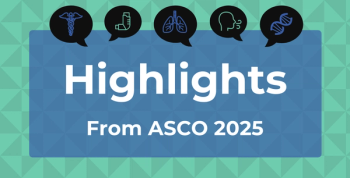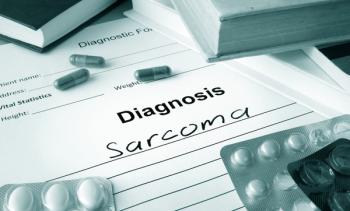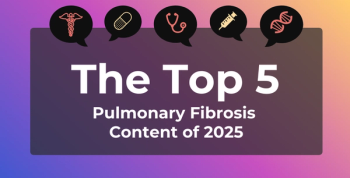
Is There a Key to Unlocking the Heart's Ability to Regenerate?
More than 26 million individuals worldwide live with heart failure every day. Because the condition is irreversible, finding ways and treatments to remedy this damage has long been a goal of physician-researchers.
More than 26 million individuals worldwide live with
Medications are available to treat heart failure, and these include angiotensin-converting enzyme (ACE) inhibitors and beta blockers.
A team of researchers from the University of Texas Southwestern Medical Center
“The findings could eventually be used to reverse this developmental block and help heart cells regenerate, offering a whole new way to treat a variety of conditions in which heart muscle becomes damaged, including heart failure caused by viruses, toxins, high blood pressure, or heart attacks,” they noted in the
Using their own previous study results demonstrating the ability of mouse hearts to regenerate up to 7 days after birth, the team sought to understand how to expand this window, hoping it might lead to possible novel mechanisms of action to reverse damage from heart failure.
The presence of the protein Meis1 (a
Using
One of their models involved the conditional elimination of the Meis1 and Hoxb13 genes in the adult heart. After removing both genes, the researchers induced myocardial infarctions (heart attacks). The results were positive, in that the hearts’ ability to pump blood quickly returned to near normal levels.
Building on these results, the team next wanted to determine what controlled, or regulated, the Meis1 and Hoxb13 proteins. Western blot analyses revealed calcineurin was responsible. Specifically, “that calcineurin-dependent dephosphorylation of Hoxb13 at S204 promotes nuclear translocation of Hoxb13 and facilitates cell cycle arrest.”
“Our results demonstrating that Meis1 and Hoxb13 are involved in the induction of both pathological and physiological cardiomyocyte hypertrophy as well as the cardiomyocyte cell cycle downstream of calcineurin highlight the complex role of calcineurin in cardiomyocyte maturation in the postnatal heart,” the team concluded. “This pathway might be a viable target for therapeutic interventions.”
The next step, they suggest, is to develop drugs that target Meis1 and Hoxb13.
Reference
Nguyen NUN, Canseco DC, Xioa F, et al. A calcineurin-Hoxb13 axis regulates growth mode of mammalian cardiomyocytes [published online April 22, 2020]. Nature. doi: 10.1038/s41586-020-2228-6.
Newsletter
Stay ahead of policy, cost, and value—subscribe to AJMC for expert insights at the intersection of clinical care and health economics.







































